
Knowledge Base: A new capability to connect external knowledge sources to JSM
September 29, 2025
By now, you're likely familiar with Confluence and how Atlassian has invested a great deal of effort into making it the best possible knowledge base. It's versatile for content creation, simple to use, scalable, and very convenient for teams that already use it. Well, Atlassian continues to improve its features, and this summer they made a very important announcement: since last June, it is now possible to extend the functionalities of the Confluence knowledge base by integrating external content sources. Yes, you read that right. But let's take it one step at a time :)
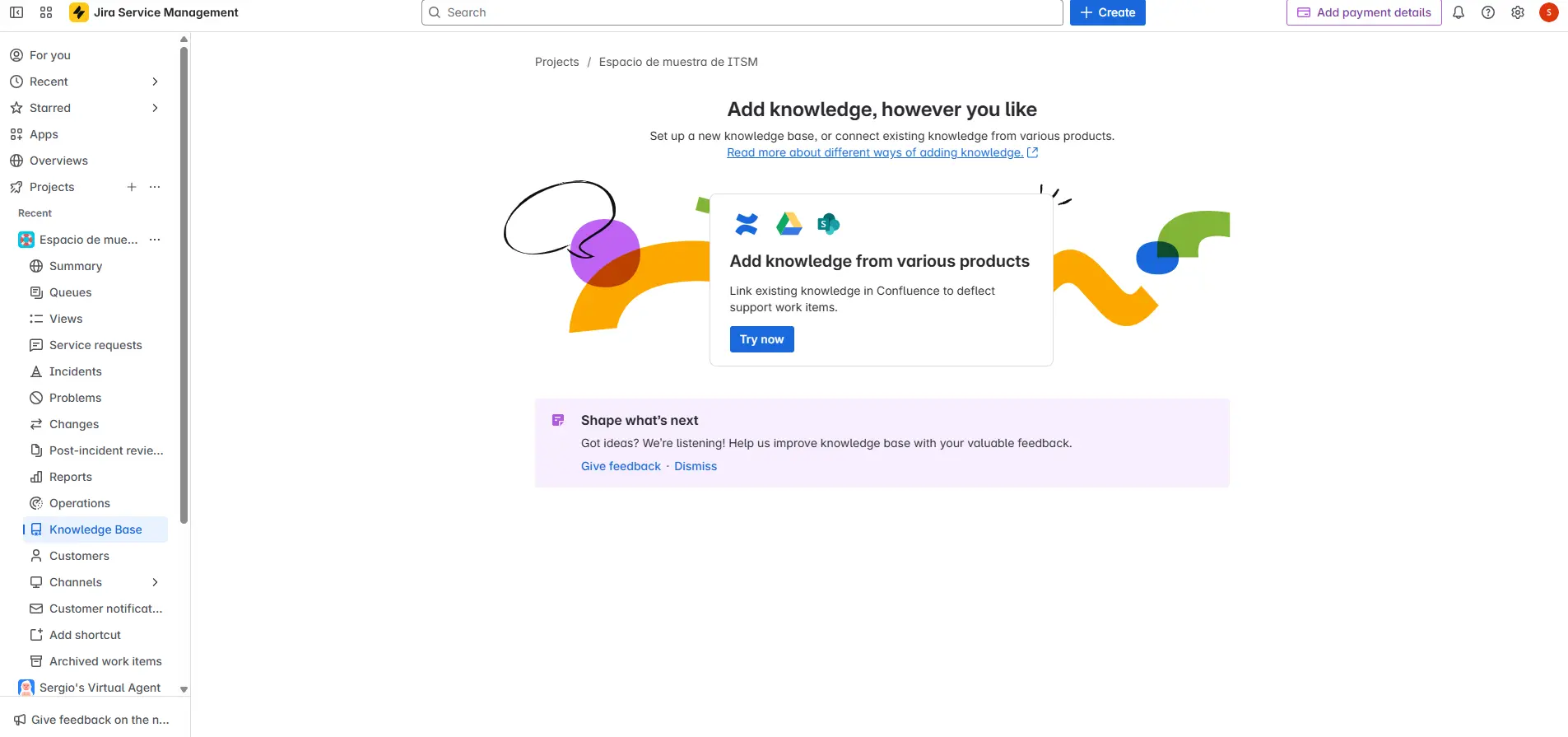
Thanks to this new functionality incorporated into Jira Service Management, project administrators can now link their folders from SharePoint or Google Drive. This information will be visible in the self-service portal and/or with the virtual assistant, which will improve request deflection through self-service.
So, how many ways are there to add content to JSM projects?
Based on Atlassian's documentation and our experience, we know there are officially 3 ways to add content from a knowledge base:
1.Embedded knowledge base - If you select an embedded knowledge base as the knowledge source for your project, the team can view, create, and manage knowledge articles from within Jira Service Management. You can set up a new knowledge base from scratch or link Confluence spaces on the same site to configure an embedded knowledge base for the project.
2.Confluence on a different site - If you have added Jira Service Management and Confluence on different sites within the same organization, you can add Confluence as a knowledge source for your project's knowledge base. Agents will be able to view and share knowledge articles with customers.
3.Third-party products - If you already have knowledge articles in external products like Google Drive or Microsoft SharePoint, you can now simply link folders from these external products to your corresponding project's knowledge base. Agents and customers with Atlassian accounts will be able to view the documents in the linked folders.
Main objective
With this new functionality, Atlassian aims to leverage existing content on other common platforms within organizations, reducing information duplication and increasing the response coverage for frequent requests.
Benefits
-
Display documents from other business tools (Google Drive and SharePoint) in one place, so you don't have to replicate them manually and, most importantly, don't have to switch between tools to access information.
-
Self-service benefits by increasing the amount of available knowledge without duplicating or replicating content from other platforms.
-
(If you are using the Virtual Assistant) Improves the accuracy of responses by having more connected sources.
-
Teams continue to work in their favorite tools, while JSM uses the information as a unified search center.
Best practices and recommendations
-
Evaluate which folders to link: It is not necessary to link all content, only what is relevant and up-to-date.
-
Monitor impact with reports (Request deflected).
-
Content security and permissions: Perhaps not all content needs to be visible to the entire team.
-
Internal information about the functionality: It is important that the team knows about this feature and uses it correctly.
How is this achieved?
We're going to make it very easy for you and explain step-by-step how to make the connection, as some steps in the official Atlassian documentation might not be very clear :S Introducing third-party knowledge sources in Jira Service Management Knowledge Base.
To connect third-party knowledge sources, we must go to the Atlassian Marketplace, within Confluence, and search for each of the connectors, for example:
Google Drive Connector
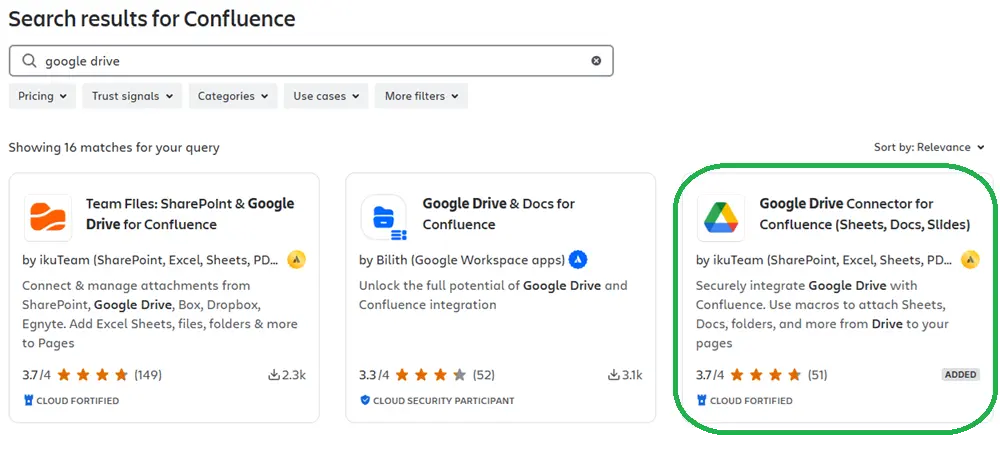
SharePoint Connector
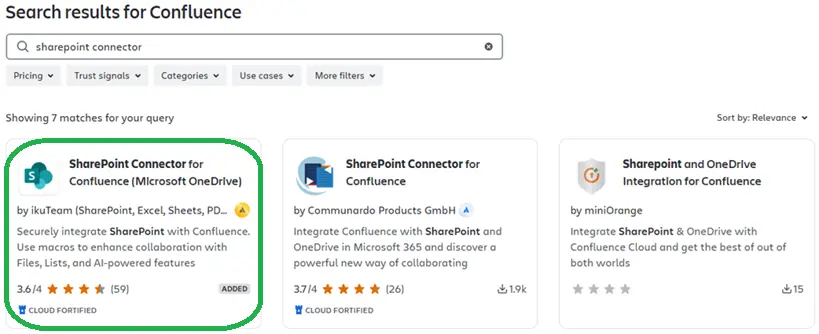
Once the add-ons are installed in our instance, the following applications will be enabled in the Space apps section of your Confluence spaces.
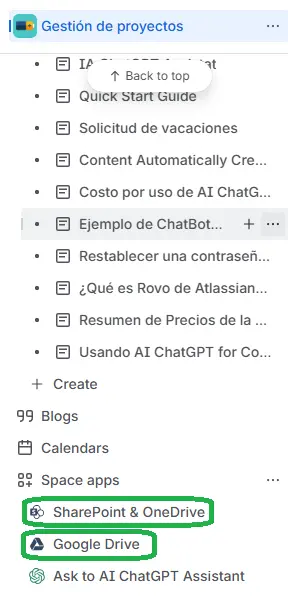
Returning to the advantages we can gain from this third-party source connection, the benefits are not only for technical teams but also for end-users. All information will be displayed centrally (within Confluence pages and the customer portal). For content creation teams, documents from these sources can be inserted, viewed, and updated directly in Confluence. Regarding security and permissions, regardless of those managed within Confluence, these settings are maintained when documents from SharePoint and Google Drive are viewed in Confluence. Also, for companies already using Microsoft 365 or Google Workspace, the integration makes Confluence a true collaboration hub, where documentation and files coexist in an orderly fashion.
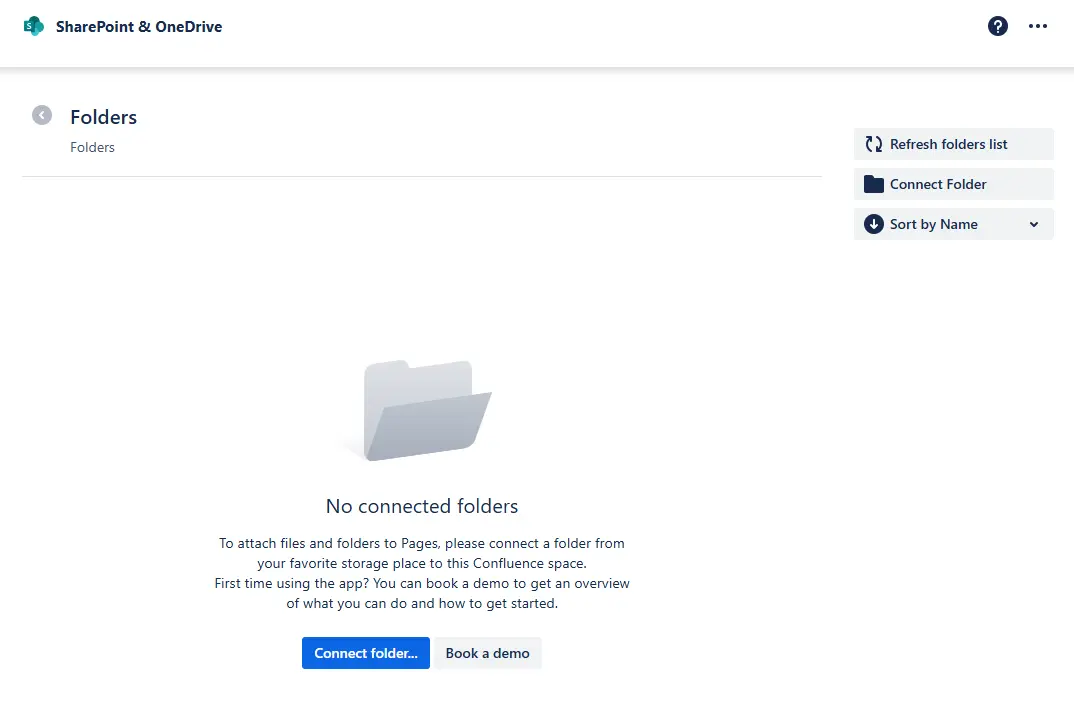

As can be seen in the images above, once the add-ons are integrated, you must select the folders where the documents to be shared are located.

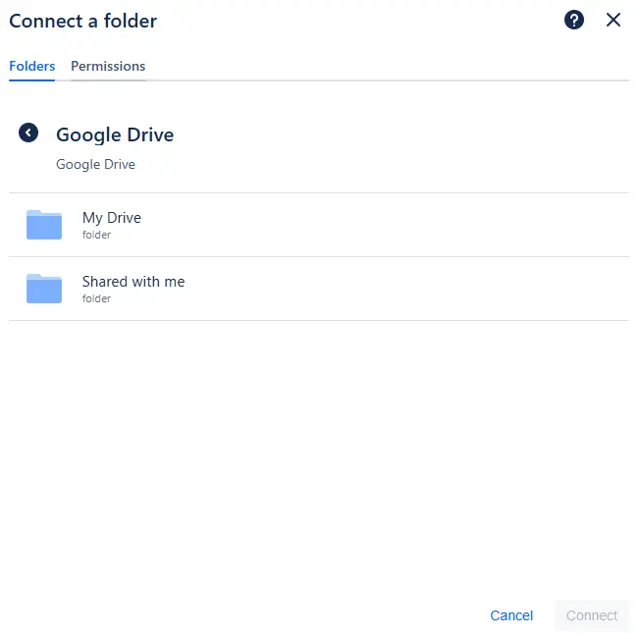
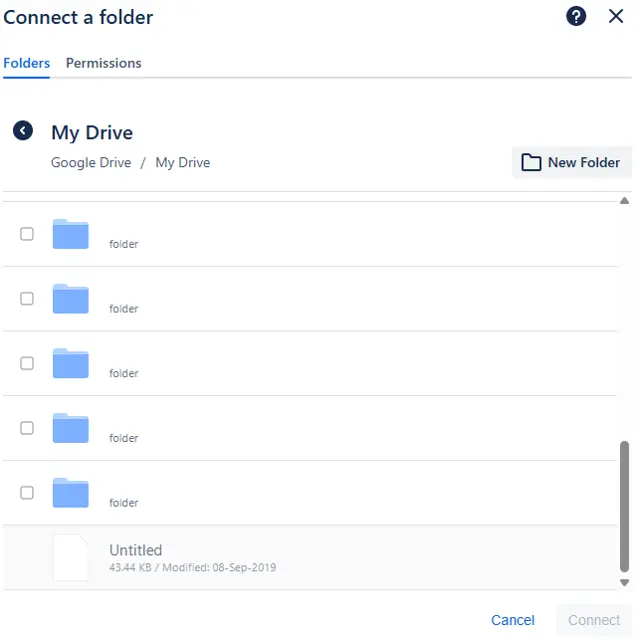
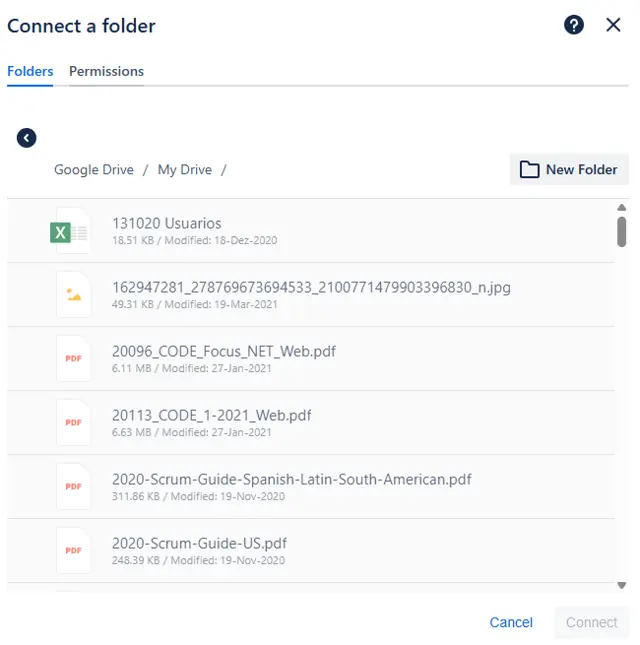

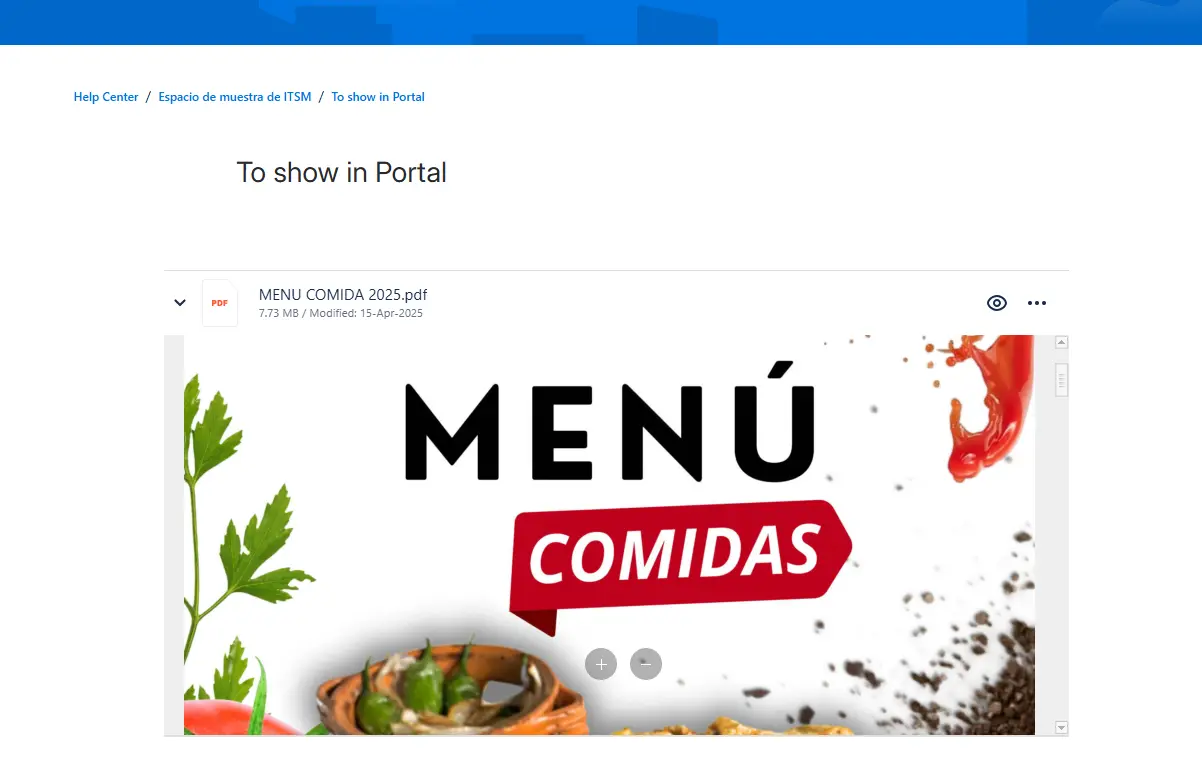
The add-ons are really functional and fulfill the objective of synchronizing the folders and content to display it both within the Confluence page(s) and in the customer portal.
Conclusion
This new capability to connect external knowledge sources (Google Drive, SharePoint) to a Jira Service Management project is a great improvement that further boosts self-service and the centralization of organizational knowledge. However, it should be considered that there will be a cost for the necessary add-on. Without these add-ons, it will not be possible to perform this information synchronization. For more technical users, it offers integration, synchronization, and indexing; while for end-users, it simplifies search and reduces the need to raise tickets, just as the Confluence KB did, but now from other sites. Although for the end-user it is not a visual or significant change, for agents it is, as it avoids the replication of existing articles from these tools.
Any questions? Our Atlassian team of experts is available to help whenever you need it. Contact us!
